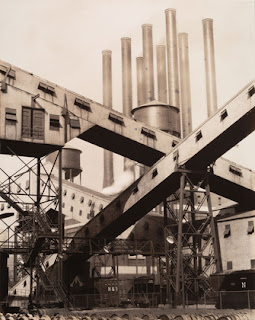THE OLD SCHOOL VIBE GALLERIA.
As well all know picking out a
theme for your exhibit can be hard, because many of the owners of the exhibits
just think about how the art can fit in with the theme and how people would try
to look at the work. My theme would be a vintage vibe of old school stuff
because I believe that people enjoy art and places that are old school, because
they say old school was the best times in the day. I except that my viewers
should take in a better feel for art and expect them to analyze the art in a
more deeper way while they experience the vintage vibe of the place.
As we all know art is something very admired by anyone and what brings more people to looking at is the way the artist paints the piece. I choose three art pieces which brought my attention which where this:
Andy Warhol. Gold Marilyn Monroe. 1962. Silkscreen ink on
synthetic polymer paint on canvas, 6' 11 1/4" x 57" (211.4 x 144.7 cm).
Gift of Philip Johnson. © 2011 Andy Warhol Foundation for the Visual
Arts / Artists Rights Society (ARS), New York
Marcel Duchamp. Bicycle Wheel. New York, 1951 (third version,
after lost original of 1913). Metal wheel mounted on painted wood stool,
51 x 25 x 16 1/2" (129.5 x 63.5 x 41.9 cm). The Sidney and Harriet
Janis Collection. © 2011 Artists Rights Society (ARS), New York / ADAGP,
Paris / Estate of Marcel Duchamp
El Lissitzky. Self-Portrait. 1924. Gelatin silver print, 3 x 3
3/8" (7.6 x 8.5 cm). The Museum of Modern Art, New York. Thomas Walther
Collection. Purchase. © 2011 Artists Rights Society (ARS), New York/VG
Bild-Kunst, Bonn
Harrell Fletcher. The American War. 2005
I believe that my selections relate to each other because they present a form of old school drawing something you don't see a lot now in days. They can share some similarities in how old the artist picked out old things from the past to use in the today's world which to me is very fascinating. The purpose behind me presenting this three pieces is mainly because of the way the artist contribute to trying to enlighten the people with a more old school way of art/modern. To me this art brought my attention because of how well thought the art was, especially with the bicycle wheel because you can see a lot of thought was put into it and not just one of those random arts a person can make. The memory it brings me was when i was young I use to always ride my bike for hours and hours just cursing the streets of N.Y hanging out with friends and just having a great old time. I believe that when i analyzed this pieces of art I was never affected by the fact when it was made or by who , art should just be thought about more deeper and have a feel for it. But at the same time enjoy a persons way of thinking and how they try to make people enjoy their work.
THANK YOU AND ENJOY MY TOP PICKS.


















